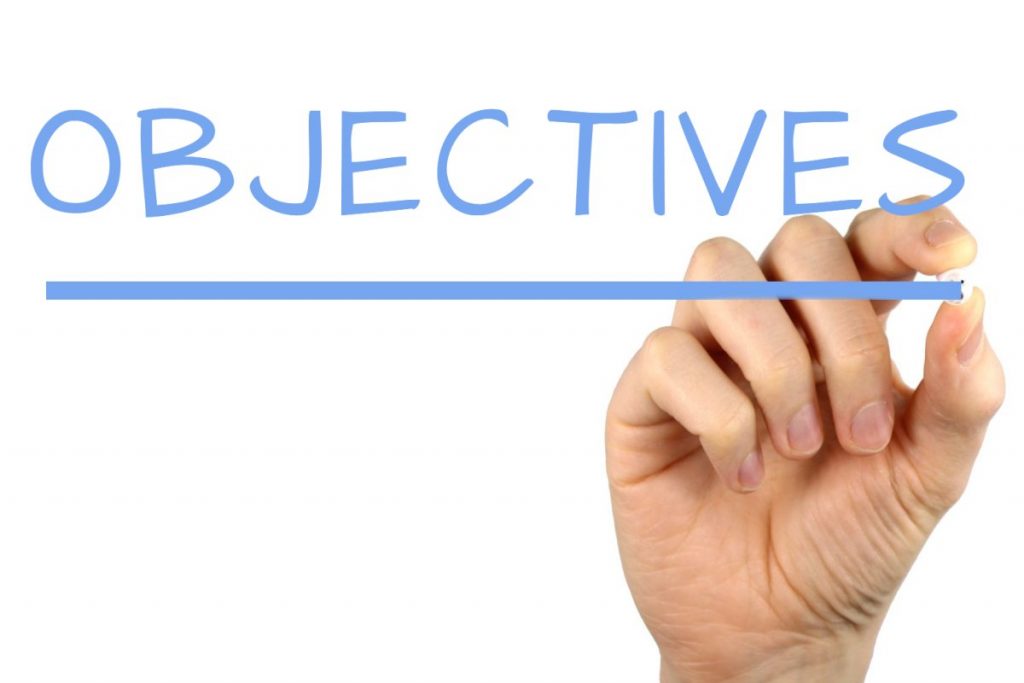Yes, there is a basis for the difference between learning and behavioral objectives.
The components of an objective include condition, behavior, and performance.
Marsh found “an objective has three characteristics (sometimes)” (Marsh, 2017).
Listed as performance, conditions, and criterion.
He stated that it is occasionally tough to differentiate between the conditions and criterion. More about condition.
Furthermore, a condition is “sometimes described as important conditions (if any) under which the performance is to occur (p. 4).
“A criterion can be how much, how fast, how well, how often, or like someone else” (p. 7).
Consequently, in school or workplace, a learning objective is a written visual roadmap setting out specific goals, achieved by completing assigned work.
However, a behavioral objective is different.
The behavioral objective is the participant’s involvement and relating to the learning goal.
What is the goal in the workplace?
In the workplace, the goal is to train the worker in new skills, ready to attain a level of competency in their employment and contribute to the work.
Moreover, a basic fundamental principle of employment is to have the skill sets to complete the work.
Leaders using skill-based training can come through on the job training for example apprenticeships.
Another key part of instructional objectives is the domains.
Instruction: Learning and Behavioral Objectives
Furthermore, Marsh found Domains of instructional objectives include knowledge, attitudes, emotions, values, and physical skills.
Cognitive ability is power in this informational age and measured by comprehension, application, synthesis, and evaluation.
Furthermore, an effective domain includes receiving, responding, valuation, organization, and characterization. Next is physical skills.
Physical skills (psychomotor) include perception, readiness, guided response, mechanism, complex overt response, adaptation, and origination (p. 1).
Furthermore, looking at the components of an objective.
On review of this discussion, objectives, either instructional or behavioral are not limited to a school classroom.
Moreover, it is an open door in any workplace or institution.
There is a basis of the difference between learning and behavioral objectives.
However, an instructional objective is a statement that specifies a learner outcome.
Furthermore, details explaining the meaning of an objective have been omitted on purpose.
“Gagne’s Conditions of Learning” (Gagnes R., 2017) found different students have different types of learning capabilities and behaviors.
Behavioral objectives are subject to various issues. Some of the issues include individualized internally or implied and or can be demonstrated by output skills in education (school/college) and the workplace.
